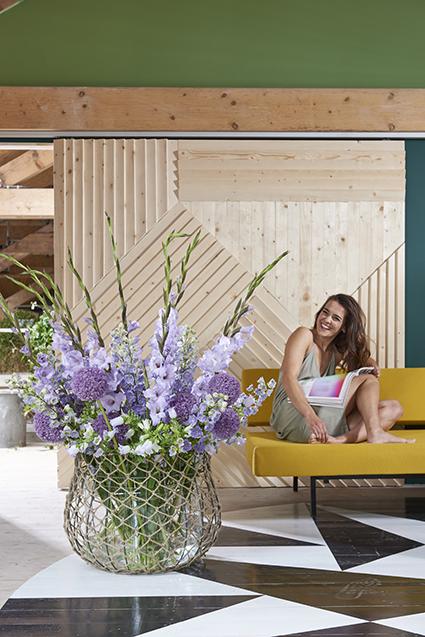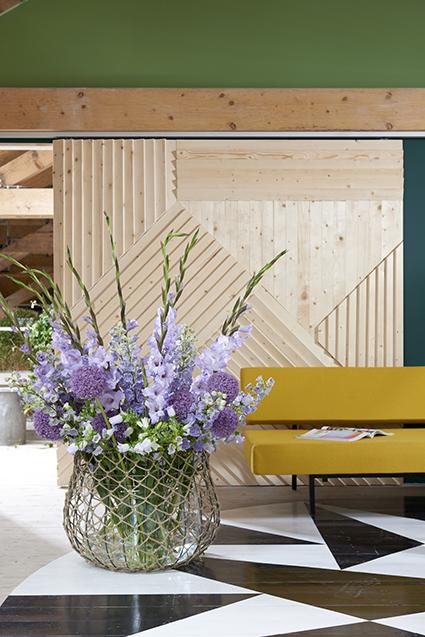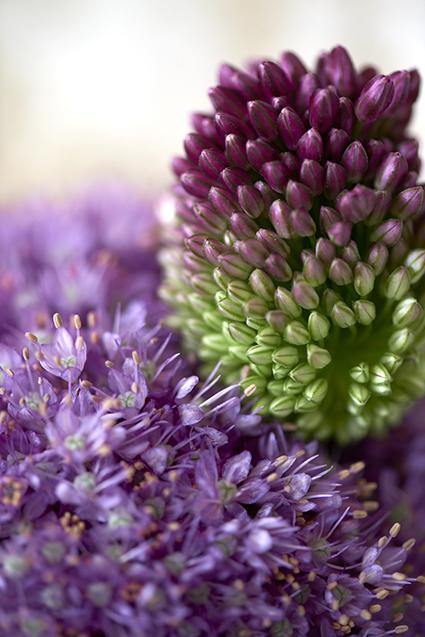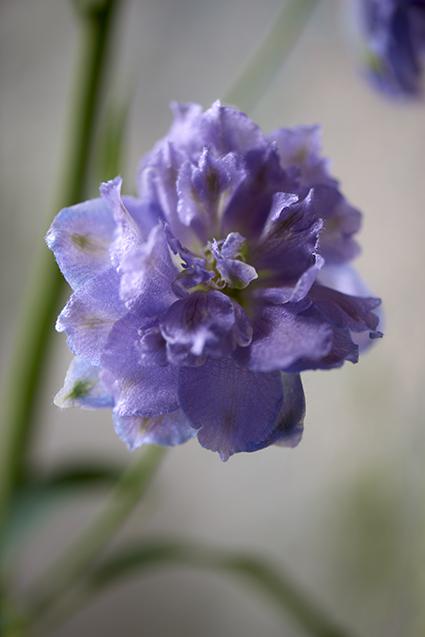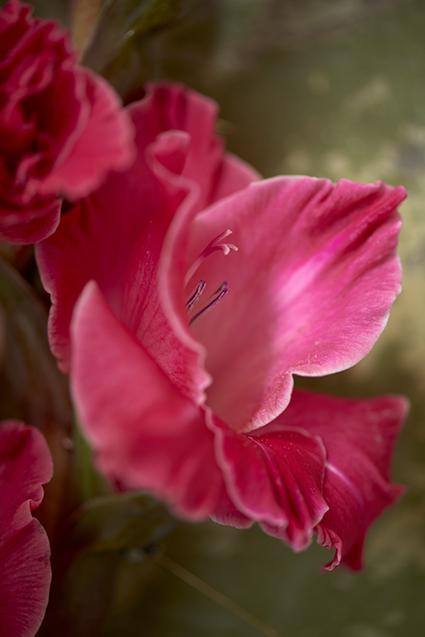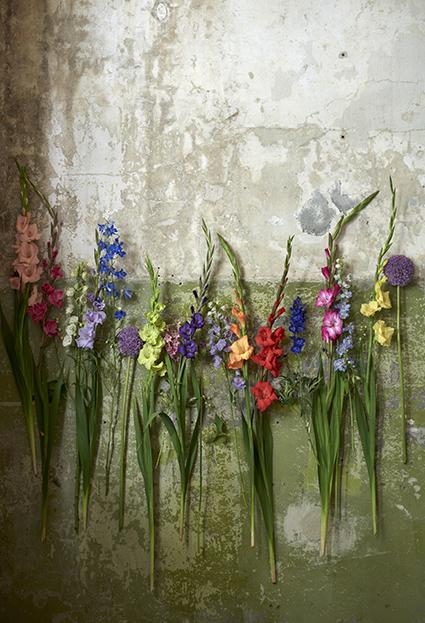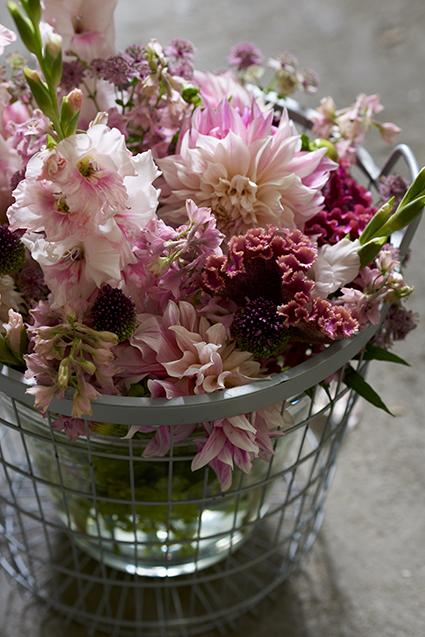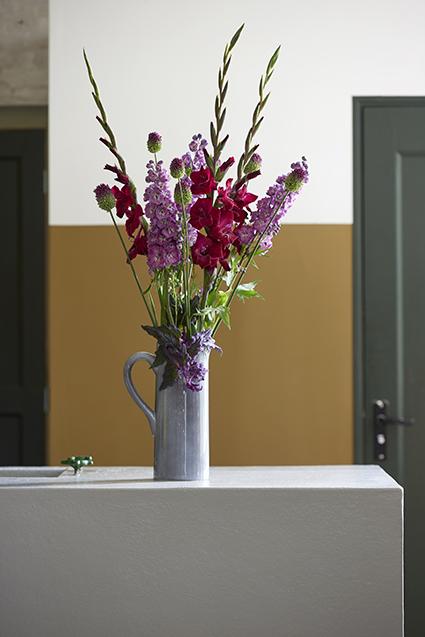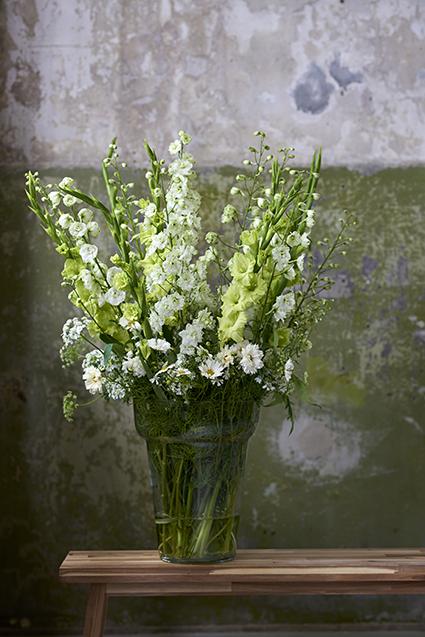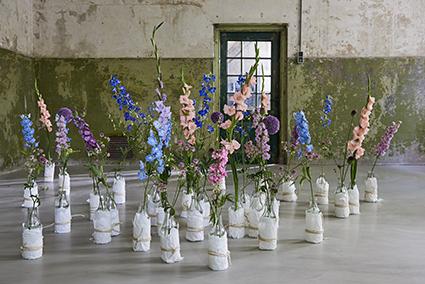Summer Flowers are in the Flower Agenda in August
Summer is associated with colour, warmth and happiness: beautiful sunny days welcome blooms Delphinium, Allium and Gladiolus. Consumers will find lots of inspiration and information on Funnyhowflowersdothat.co.uk. August is the perfect month to present these flowers, typical of this wonderful season.
The origin of these summer flowers
Delphinium is a typical horticultural product of the English, French and Americans. This delightful flower has been with us ever since the gardening revolution started. The first illustration of delphinium is found in a book of the early XVII century, where it accidentally got placed within the family of the Ranunculus.
Allium is a member of the Liliaceae family. These plants grow in temperate regions of the northern hemisphere. The Romans initially only used the word ‘allium’ to refer to garlic, but later it became the family name for all onion crops. The family also includes chives and leeks.
Gladiolus originates from Africa, was loved for its roasted root. The version we know today is not edible, but eye candy only.
Shapes and colours
Pale blue, bright blue, dark blue and lilacs, the Delphinium offers a shade of blue to suit you. You also have the choice of white, yellow, purple, red and pink varieties. The flower stem can reach a length of up to 2 meters. With a bit of imagination, you can see that the flower buds resemble dolphins. Hence the name Delphinium: the Latin word for dolphin. The flower also has parts that point backwards, which resemble a rider’s spurs, hence the commonly used name, larkspur.
The long, elegant stem of Alliums carry a stylish globe made more or less of tiny flowers. There are some 300 different varieties in colours ranging from white to purple and blue, and almost all of them bloom in the summer.
Gladiolus come in white, red, yellow, pink, purple, orange, cream or have multiple colours per flower. Different varieties show simple singular or double flowers, a classic long stem, or the small ‘dwarf’ version. This hero likes to rise high and show off all its colours, from late spring until well into the autumn.
Practical advice and care tips to give to your customers
Giving these tips to your customers and they will enjoy their flowers to a maximum.
- Chose a high, sturdy, clean vase and fill with tap water.
- Add flower food to give the longest possible life to your flowers.
- Cut 3 to 5cm diagonally off the stems for with a clean and sharp knife.
- Make sure there are no leaves hanging in the water (especially valid for the Delphinium).
- Do not place the flowers close to heating, in a draught, in or direct sunlight.
- Top the vase up with tap water regularly.
- Do not place the flowers near fruit, that respire ethylene, which speeds up the ageing process of flowers.
Bouquet recipe: a cool country bouquet
Summer calls for a nice loose field bouquet. And because Delphinium, Allium and Gladiolus are washing the Flower Agenda with colour this month, we’ve opted for a bouquet recipe featuring these stars of the summer months.
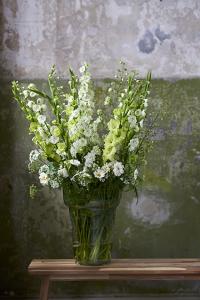
You will need:
- Delphinium
- Allium
- Gladioli
- Ammi majus (bullwort)
- Cosmea
Symbolism of these summer flowers
This summer, the force is with you! These three flowers look frivolous and happy, but actually also represents strength, protection and victory.
The often blue Delphinium symbolises truth and protection (but also pleasure and frivolity), a life-long engagement. Allium was used to keep away bad luck…. and witches.
The name Gladiolus comes from the Latin ‘gladius’, which means sword and symbolises strength, victory and pride. That meaning dates all the way back to Roman times.
Allium victorialis represented invulnerability and victory. The ancient Egyptians often depicted onions on graves, since the layers of the onion symbolised eternity.
More about Summer Flowers
The general public will find the summer flowers (Delphinium, Allium and Gladiolus) on the website Funnyhowflowersdothat.co.uk and our social media channels.
Instragram: @howflowersdothat
Facebook: @funnyhowflowersdothat
Twitter: @flowersdothat
Inspiration and information
If you would like to find out more about the 2018 Flower Agenda click here.

